East Bohemian Gallery in Pardubice, CZ
October 13th 2022 – January 15th 2023
Exhibiting artists:
ZDENKA BURGHAUSEROVÁ ▪ BARBORA FASTROVÁ ▪ EMIL FILLA ▪ JAROSLAV GRUS
GEORGES KARS ▪ ERNST LUDWIG KIRCHNER ▪ PRAVOSLAV KOTÍK ▪ SVATOPLUK
MÁCHAL ▪ FRANTIŠEK MUZIKA ▪ VÁCLAV NEJTEK ▪ ANTONÍN PELC ▪ VÍT SVOBODA
VÁCLAV ŠPÁLA ▪ KAREL ŠOUREK ▪ VOJTĚCH TITTELBACH ▪ MARIE TUČKOVÁ ▪ JAN
TRAMPOTA ▪ JOSEF VÁCHAL ▪ ZUZANA ŽABKOVÁ – EVA PRIEČKOVÁ ▪ LADISLAV ZÍVR
Curator: VIKTOR ČECH
The exhibition entitled Bodies in a Tight Corner confronts the fate of human bodies in works of contemporary art and classical modernity. In this exhibition, human corporeality is understood as a story of the struggle of the consciousness of our passing physical existence with a number of social, cultural and even violent aspects of tense historical periods, represented not only by the first half of the 20th century, but clearly also by the current affairs.Art is certainly not just a mere mirror of such events, but also an active player waging the battle for our bodies with networks of ideologies, various temptations and other forces that ultimately control our world.
We perceive our bodies as the first boundary of ourselves. In fact, our largest organ – the skin, is the liminal place of a constant dialogue between the outside world and that, what is happening deep inside ourselves. As we move within the surrounding world, we constantly verify this boundary and often violate it, only to become conscious of it again afterwards. All we have to do is just lean against something and adapt to its shape, or, on the contrary, attempt to reach for something with your limbs. This amorphous flexibility of our body matter is actually an interesting parable about the limit of self-definition of ourselves, which adapts to and rises against its social framework in a very similar way.
This ever-present bodily moment is to be taken into account in this exhibition by confronting two areas of artistic creation, which are rather different, but also unexpectedly analogous. On the one hand, the exhibition presents works of art by contemporary artists, characteristic for their interest in the current situation of human physicality, its constant struggle with traditional and entirely new challenges. And on the other hand, it presents an imaginative understanding of corporeality and its ‘elasticity’ in the works of modernist artists of the first half of the 20th century.
The exhibition will present a number of works of pre-war Czech and European modernism of the first half of the 20th century, the artistic language of which is based on an expressionist or cubist reinterpretation of the depiction of the human body. At first glance, the concept of these works may appear to be a highly formalistic play, the truth may very well be the exact opposite, as evidenced not only by the language of such iconic works of world art as Picasso’s Guernica, but also by a number of works from the collections of the East Bohemian Gallery in Pardubice. The human body as the center of the cruel historical twists of the 20th century, its destruction, discipline, commodification and all other forms of sociopolitical ‘sculpture’ of ideologies and regimes, represent a kind of dark side of the mirror in which the fates of the aesthetic speech of these works of art are reflected.
Most of us have probably not expected that in the new 21st century, the dreams of a better world would once again be overshadowed by the dark clouds of the 20th century. Just as artistic avant-gardes and political movements dreamed of them even before the First and then again before the Second World War. Perhaps that is also the reason why the relationship of contemporary artists to human physicality follows in several positions and in certain aspects, sometimes consciously, sometimes rather intuitively, on the legacy of that pre-war modernity. This is the case both in traditional art techniques and in the context of performative and video art.





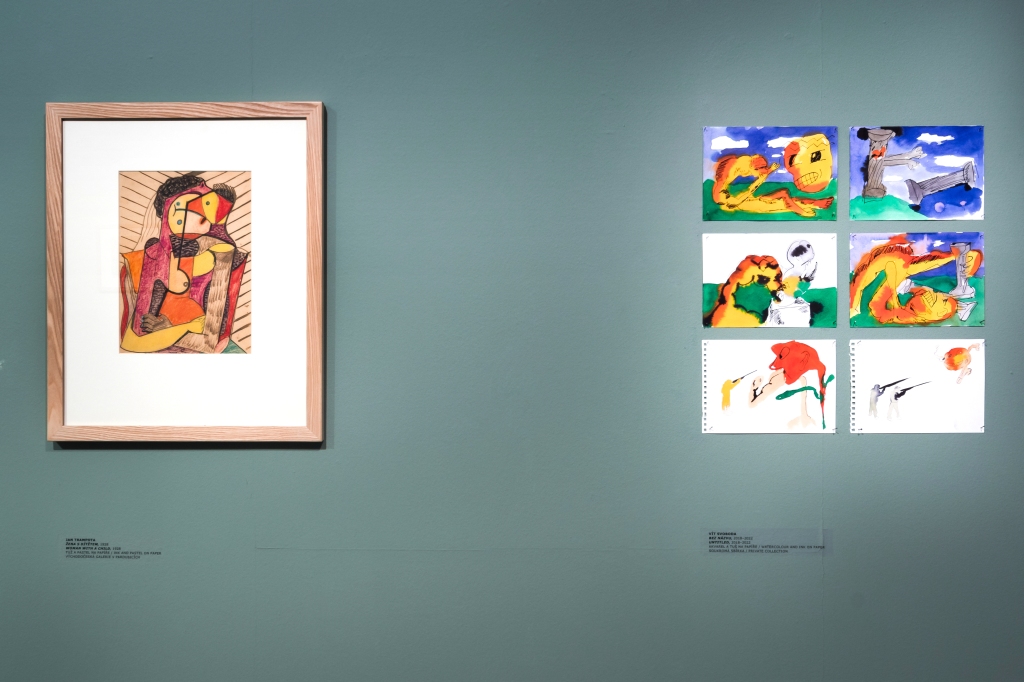






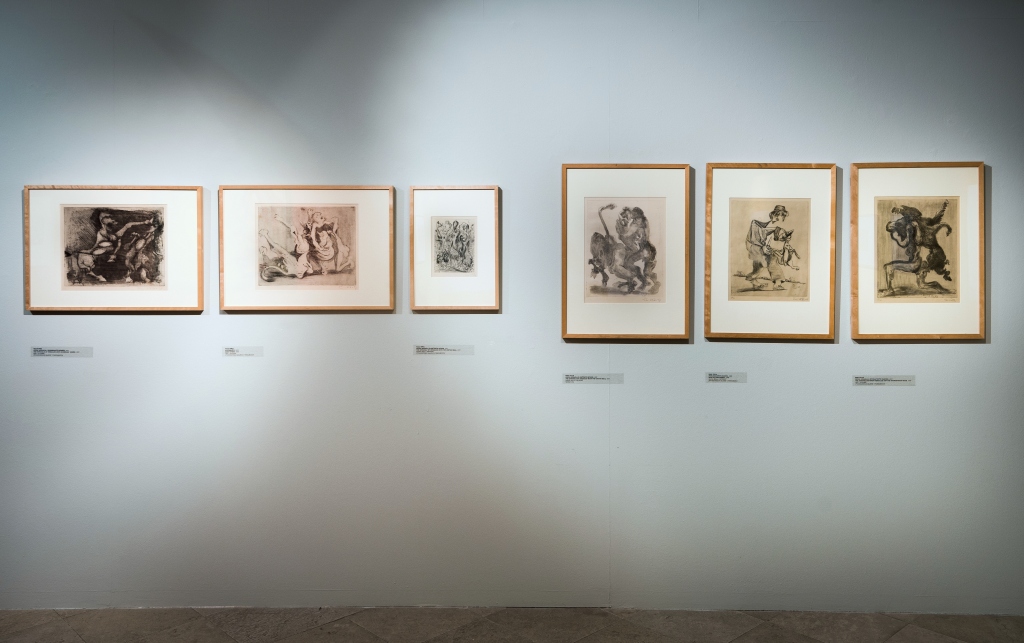

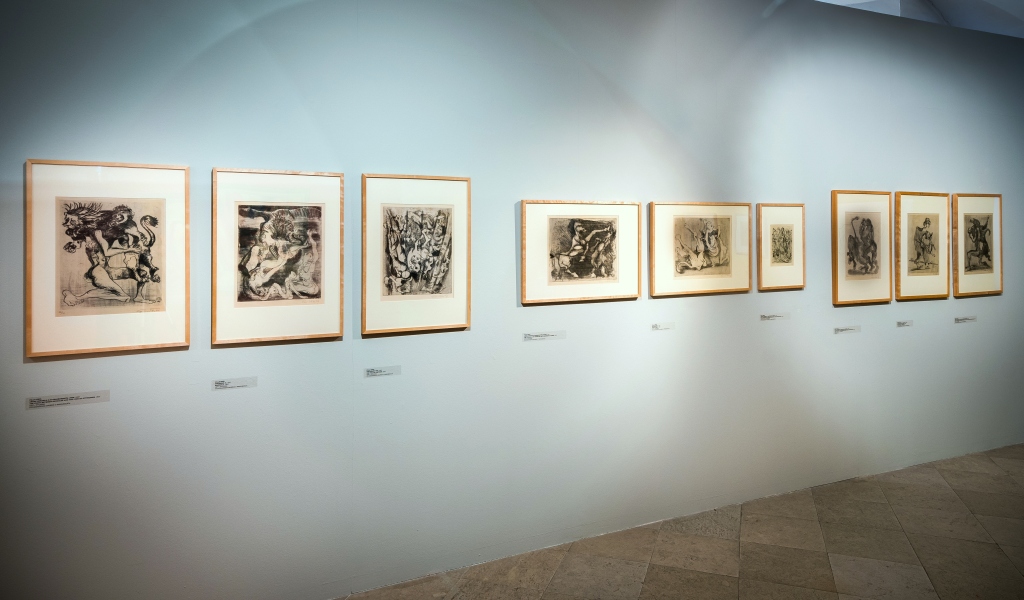









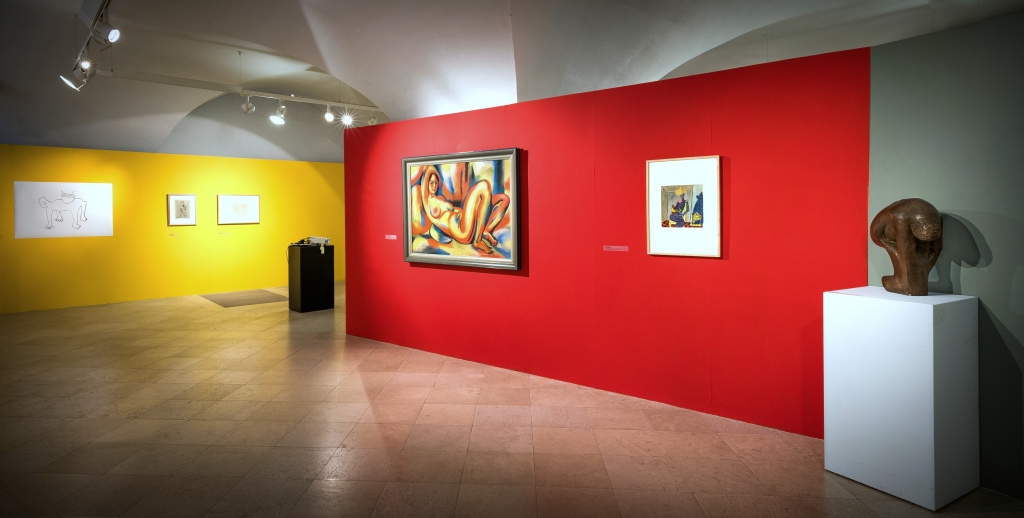












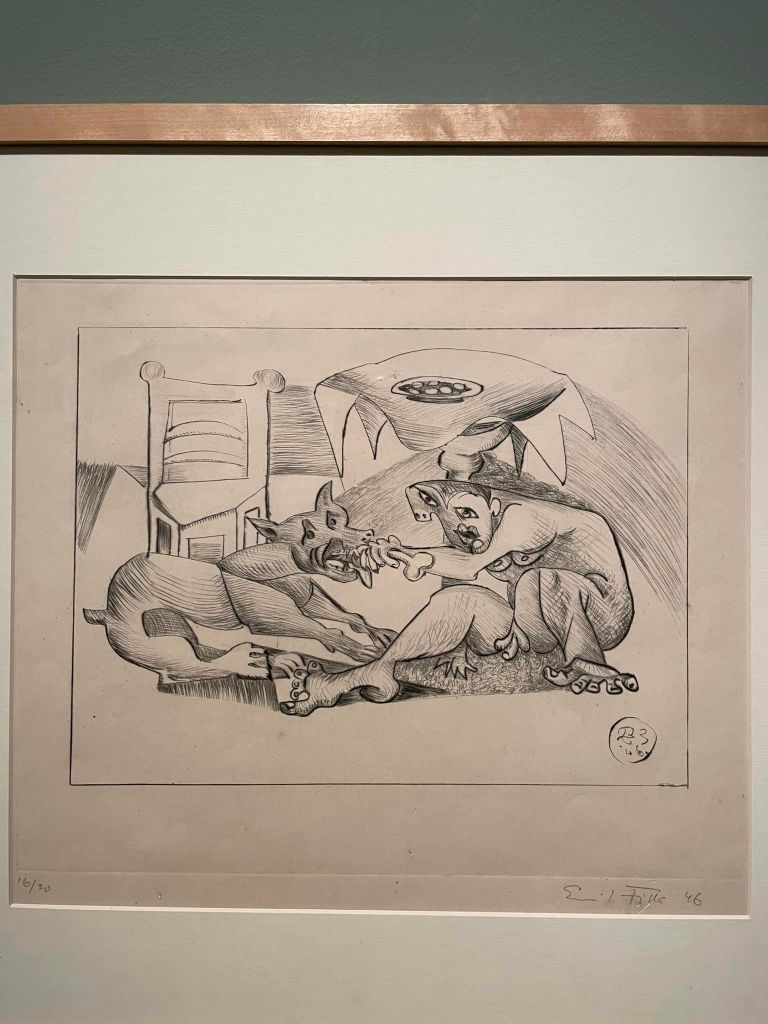




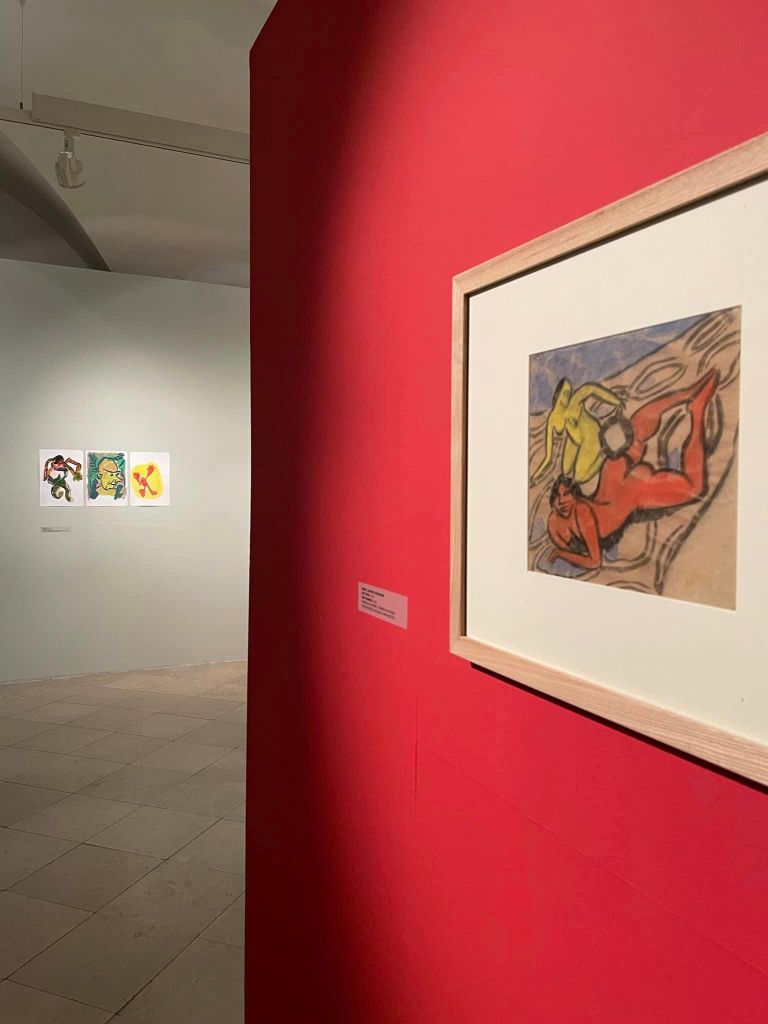


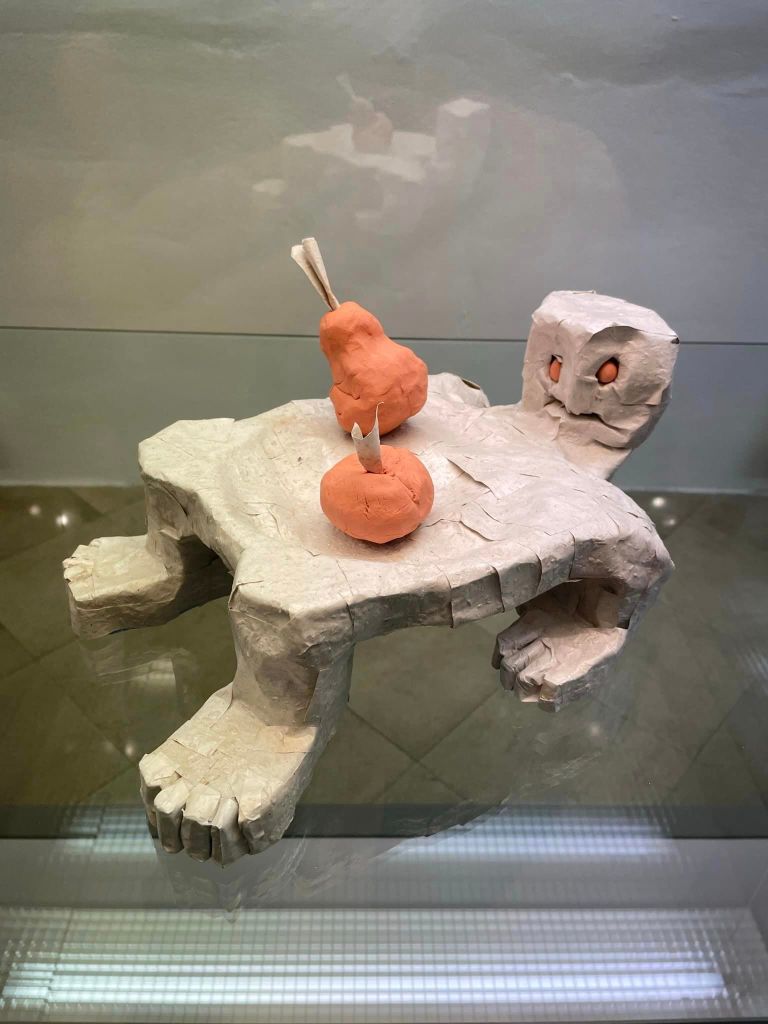










You must be logged in to post a comment.